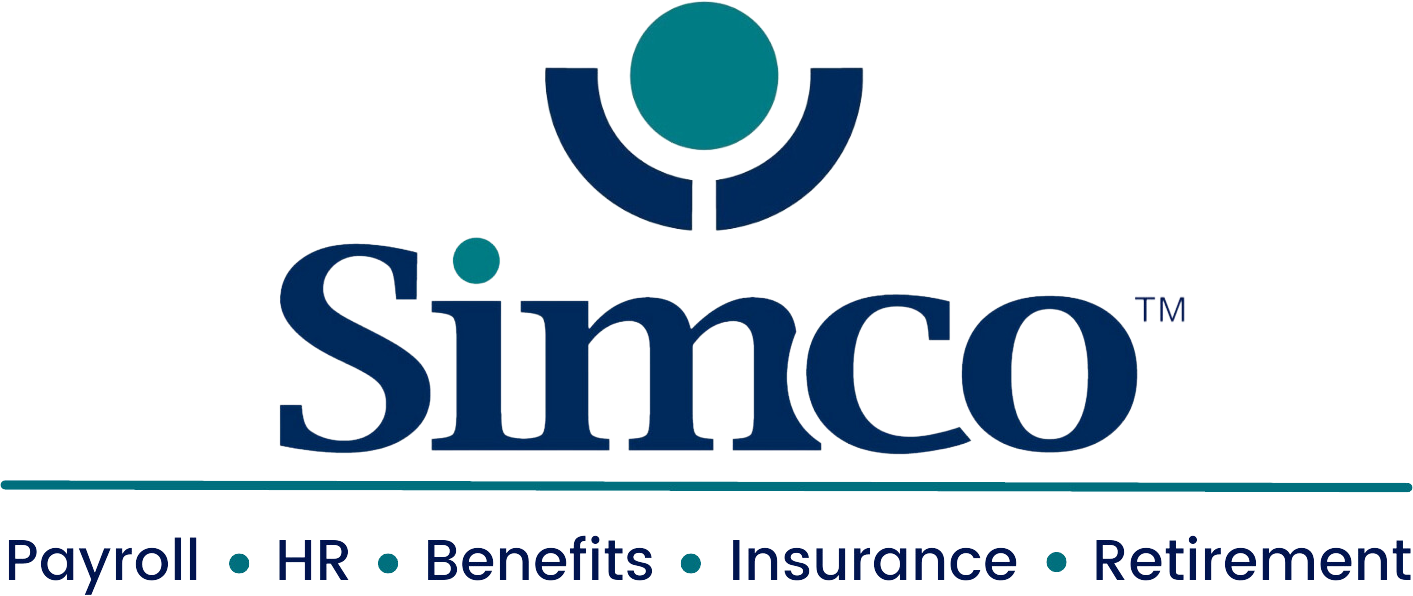
As employers struggled to respond to trends such as the Great Resignation and quiet quitting, many quickly hired employees to cut costs and fill open positions. Unfortunately, reactionary hiring often didn’t work for either party. According to a USA Today poll, only 26% of job switchers liked their new position enough to stay. For this reason, many employers are shifting their focus to prioritize the quality of new hires and evaluate how their recruitment and onboarding practices can lead to more positive hiring outcomes.
This article provides guidance on the importance of hiring outcomes and strategies employers can use to find the right employees for open positions and improve such outcomes.
Hiring Outcomes
A successful hiring outcome occurs when an employer hires the right individual for an open position. The measurements of successful hiring may vary depending on an organization’s goals and objectives. Generally, standard measures of positive hiring outcomes include employee performance, job satisfaction and organizational loyalty. A negative hiring outcome can occur when an organization hires an individual that’s ill-suited for the position or is not a good cultural fit.
The Importance of Hiring Outcomes
When the wrong person is hired, it can have numerous consequences for an organization. According to Northwestern University, a bad hiring decision can cost a company at least 30% of that employee’s annual salary. Hiring the wrong people can also reduce employee morale, damage company culture, increase employee turnover, damage employer branding and create unsafe workplaces.
On the other hand, when an employee is a good fit for their position and organization, they’re more likely to be productive, loyal and remain with their company for longer. This ultimately benefits revenue by reducing hiring and onboarding costs and keeping knowledgeable, productive employees at the company.
Improving Hiring Outcomes
Employers’ strategies are critical to ensuring organizations consistently hire employees that align with organizational goals. Here are strategies for employers to consider:
- Focus on fit. A recent survey found that more than half (55%) of people lie on their resumes. Therefore, it’s crucial that employers find ways to establish a candidate’s trustworthiness. Common methods include reference checks, skills assessments and behavioral-based interviewing. Additionally, employers should pay attention to how well an individual aligns with an organization’s goals and desires, not just the qualifications listed on their resume. It may be beneficial to observe how job applicants interact with other people in the office to understand how an individual would interact with team members and contribute to company culture.
- Be transparent. Communicate regularly and clearly with job applicants during interviews and hiring. This will improve trust and make them feel valued by an organization. Employers should also honestly describe job expectations and organizational goals to help candidates make informed decisions about job positions. Listing pay ranges alongside job postings is another way to establish trust and increase efficiency, as it reduces the risk of losing job candidates over salary expectations far along in the hiring process. In fact, workers are more likely to apply for jobs that include a pay range in the job posting, according to recent data from global employment website Monster. This can increase an employer’s talent pool and ultimately lead to better hiring outcomes.
- Emphasize diversity. Diversity, equity and inclusion (DE&I) is a critical element many employees consider when deciding to stay with a company. A survey by Goodhire found that 81% of employees would consider leaving their job if their employer wasn’t committed to DE&I. In addition to helping attract and retain employees, a commitment to DE&I can also improve an organization’s bottom line. According to management consulting company McKinsey, diverse and inclusive companies are 35% more likely to outperform competitors financially.
- Assess recruitment strategy. Recruitment methods factor into the type of candidates applying for open positions. Recent research by software company Yello found that 54% of Generation Z workers won’t complete a job application if the method is outdated. Simplifying the application process with technology like mobile-friendly applications and applicant tracking systems can help employers compete for talent.
- Consider temporary-to-permanent (temp-to-perm) hiring. With this type of hiring, employers hire workers on a temporary basis for a trial employment period before hiring decisions are finalized. This enables employers to fill positions without committing to permanent employment, reducing the risk of poor hiring decisions. However, employers who use this method of hiring should be aware of the potential drawbacks, such as agency fees, less committed workers and insufficient training for temporary hires.
- Use artificial intelligence (AI). Although a relatively new technology, AI can help evaluate and screen potential candidates. It can improve candidate experience and increase efficiency and fairness. However, employers who use AI for hiring processes should also be aware of potential accessibility issues, as it may intentionally or unintentionally screen out job seekers with disabilities. Unintentional discrimination may occur if an AI algorithm relies on historical data sets that use benchmarking resumes and other job requirements that are biased or discriminatory.
Employer Takeaway
As labor market conditions shift, employers should assess their hiring and recruiting strategies to improve positive outcomes. Employers who prioritize hiring the right person the first time may experience reduced employee turnover, improved company culture and increased revenue.
For more workplace information, contact SimcoHR today.
Sign up for our newsletter.




